How to cook using less oil
How to limit how much cooking oil you use
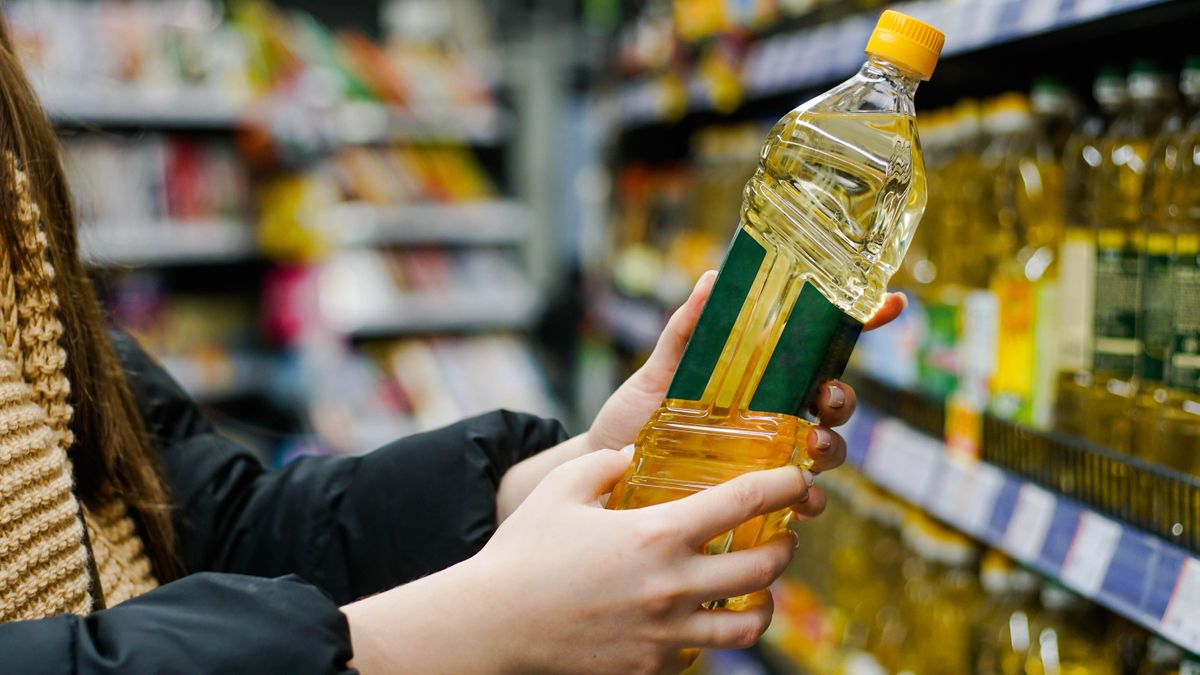
The world is facing a sunflower oil shortage as a consequence of Russia’s attack on Ukraine. As a result, low supplies of this popular cooking oil is affecting consumers and businesses alike, with many shoppers panic-buying, and major UK supermarkets forced to limit purchases to just two bottles. Reportedly, some restaurants in Germany have even stopped selling French fries due to the oil scarcity.
So why exactly is there a sunflower oil shortage? About 80% of sunflower oil exports come from Russia and Ukraine, two of the biggest edible oil producers in the world. Since the war, tensions on the Black Sea have disrupted trade which have resulted in low supplies of all cooking oils. What’s more, the price of cooking oils were already sky-high even before the war, and even higher now with the demand for alternative oils such as rapeseed, palm and soybean.
Since we don’t know how long this sunflower oil shortage will last, what can you do to reduce your oil usage? More importantly, what alternative oils can you use instead?
When you're done here check out how to dispose of cooking oil the right way.
How can I reduce my sunflower oil usage?

Besides limiting your oil when you saute foods, you can grill or invest in one of the best air fryers. These mini convection ovens are designed to produce crisp and delicious results in a matter of minutes. The key thing is that you simply use a spray of oil to cook foods, which is healthier than the standard, deep-fat frying.
If you want to give air frying a go, check out these best air fryer recipes to get you started, but also bear in mind these common air fryer mistakes and the things you should never put in an air fryer. It’s also recommended to use non-stick frying pans (Teflon coated) to reduce the amount of oil you use.
What can I use instead of sunflower oil?

Sunflower oil is widely used for cooking everyday foods at high temperatures, but there are different types of oils available.
Sign up to get the BEST of Tom's Guide direct to your inbox.
Get instant access to breaking news, the hottest reviews, great deals and helpful tips.
Vegetable oil — Vegetable oil is closest to the sunflower variety, and best for high-heat cooking. Similar to sunflower oil, it tends to have a fairly high smoke point, which means it won’t burn until about 450 degrees F. It’s composed of canola oil, grapeseed oil, and peanut oil, among others, and has a neutral taste that suits most dishes. The only downside is that vegetable oil contains unsaturated fats, which once heated, can lead to health problems.
Olive oil — This healthy alternative has a relatively lower smoke point compared to other oils. Olive oil can be used for pan-frying and sautéing, but not recommended for deep-frying. Olive oil is best for low and medium-heat cooking, and one of the healthiest options for baking. Bear in mind, it has a strong, fruity flavor which may not suit certain dishes. In addition, extra virgin oil is more suited for salad dressings, sauces or dips.
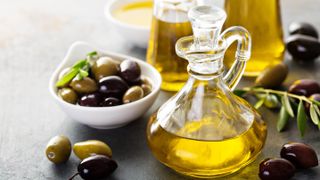
Rapeseed oil — Rapeseed oil is another good alternative to use for cooking at high temperatures. Similar to general oils, you can use it for roasting, frying, deep-fat frying, baking, marinades, dips and sauces. It also contains Vitamin E and has a mild flavor which is ideal for most dishes.
Coconut oil — This fragrant alternative is high in saturated fats, so it can cope well with high heat. While it’s great for baking, sautéing and stir-frying, it’s not ideal for deep-frying. However, it’s recommended to keep at a medium heat when cooking with coconut oil.
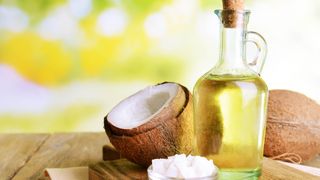
Ghee (butter) — Clarified butter, such as ghee, is ideal for high-heat cooking, making it versatile. The only downside to butter is it has a high saturated fat content, which means it’s not the healthiest choice. Ghee or ghee oil is most commonly used in Indian cuisine.
Sesame oil — Often used in Asian cuisine, sesame oil has a strong, nutty flavour, and is best used for stir-fried dishes or salad dressings. Due to its light composition, it’s not ideal for cooking at high temperatures, so it’s not as versatile as other oils. What's more, sesame oil should only be used in small amounts due to its strong flavor.
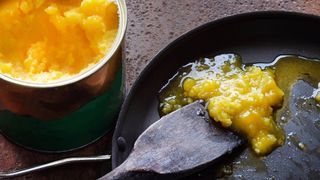
Avocado oil — Avocado oil is another popular choice, with a high smoke point to cook most foods. In addition, it’s also one of the healthiest cooking oils, since avocados are high in monounsaturated fat (the ‘good fat’), so it’s a win-win. The only downside is that it can cost a lot more than other oils on the market.
Flaxseed oil (linseed oil) — This is not really ideal for cooking food over heat since it has a low smoke point, and will easily burn. However, it’s also best used for drizzling over foods and tasty dips like extra virgin olive oil.
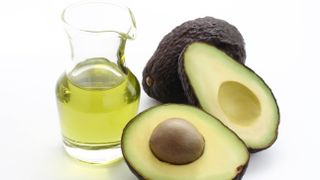
If you want to make something a little different in your air fryer, I made cookies in an air fryer and they tasted even better than those fresh from the oven. But, whatever you do, avoid this TikTok air fryer hack — it will break your appliance.

As the Homes Content Editor, Cynthia Lawrence covers all things homes, interior decorating, and garden-related. She has a wealth of editorial experience testing the latest, ‘must-have’ home appliances, writing buying guides and the handy ‘how to’ features.
Her work has been published in various titles including, T3, Top Ten Reviews, Ideal Home, Real Homes, Livingetc. and House Beautiful, amongst many.
With a rather unhealthy obsession for all things homes and interiors, she also has an interior design blog for style inspiration and savvy storage solutions (get rid of that clutter!). When she’s not testing cool products, she’ll be searching online for more decor ideas to spruce up her family home or looking for a great bargain!